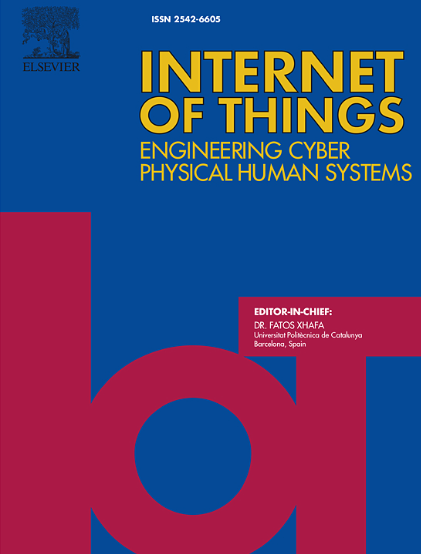DSEAGC: Dual-spectral embedding for attributed graph clustering
IF 6
3区 计算机科学
Q1 COMPUTER SCIENCE, INFORMATION SYSTEMS
引用次数: 0
Abstract
Community detection in node-attributed networks, where nodes are characterized by both structural connections and attribute information, is a crucial task in network analysis. Accurately identifying these communities reveals underlying patterns and relationships, offering deeper insights into the network’s structure and behavior. However, effectively integrating structural and attribute data remains a challenge. To address this, we introduce a novel framework called DSEAGC (Dual-Spectral Embedding for Attributed Graph Clustering), which jointly leverages structure and attribute spaces through a three-stage spectral learning pipeline. Specifically, DSEAGC constructs separate Laplacian matrices for both graph topology and node attributes, performs independent spectral embeddings, and fuses these views using an adaptive objective function. An iterative optimization technique balances the preservation of structural and attribute information while achieving discrete cluster assignments via spectral rotation. Unlike existing methods, DSEAGC incorporates a dual preservation mechanism and rotation-based discretization to enhance cluster separability. This unified representation enhances community detection by reflecting structural and attribute similarities and capturing both complementary and consensus information. These improvements are evidenced through comprehensive evaluations using multiple clustering metrics, validating the effectiveness and scalability of DSEAGC in practical attributed network scenarios.
双谱嵌入用于属性图聚类
在节点属性网络中,节点同时具有结构连接和属性信息,社区检测是网络分析中的一项重要任务。准确地识别这些社区可以揭示潜在的模式和关系,从而更深入地了解网络的结构和行为。然而,有效地集成结构数据和属性数据仍然是一个挑战。为了解决这个问题,我们引入了一个名为DSEAGC(双光谱嵌入属性图聚类)的新框架,它通过一个三阶段的频谱学习管道共同利用结构和属性空间。具体来说,DSEAGC为图拓扑和节点属性构建单独的拉普拉斯矩阵,执行独立的谱嵌入,并使用自适应目标函数融合这些视图。迭代优化技术平衡了结构和属性信息的保存,同时通过光谱旋转实现离散聚类分配。与现有方法不同,DSEAGC结合了双重保存机制和基于旋转的离散化来增强簇的可分离性。这种统一的表示通过反映结构和属性相似性以及捕获互补和共识信息来增强社区检测。这些改进通过使用多个聚类指标的综合评估得到证明,验证了DSEAGC在实际属性网络场景中的有效性和可扩展性。
本文章由计算机程序翻译,如有差异,请以英文原文为准。
求助全文
约1分钟内获得全文
求助全文
来源期刊

Internet of Things
Multiple-
CiteScore
3.60
自引率
5.10%
发文量
115
审稿时长
37 days
期刊介绍:
Internet of Things; Engineering Cyber Physical Human Systems is a comprehensive journal encouraging cross collaboration between researchers, engineers and practitioners in the field of IoT & Cyber Physical Human Systems. The journal offers a unique platform to exchange scientific information on the entire breadth of technology, science, and societal applications of the IoT.
The journal will place a high priority on timely publication, and provide a home for high quality.
Furthermore, IOT is interested in publishing topical Special Issues on any aspect of IOT.
 求助内容:
求助内容: 应助结果提醒方式:
应助结果提醒方式:


